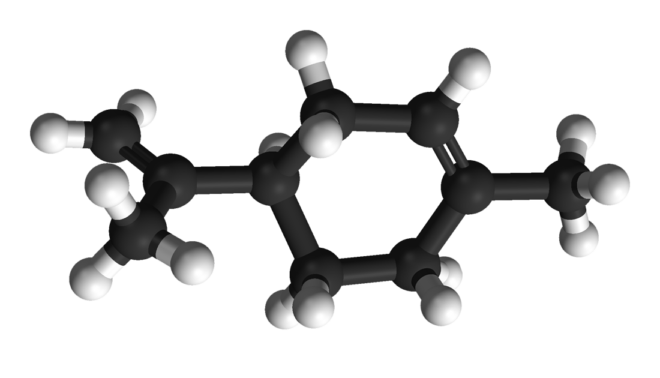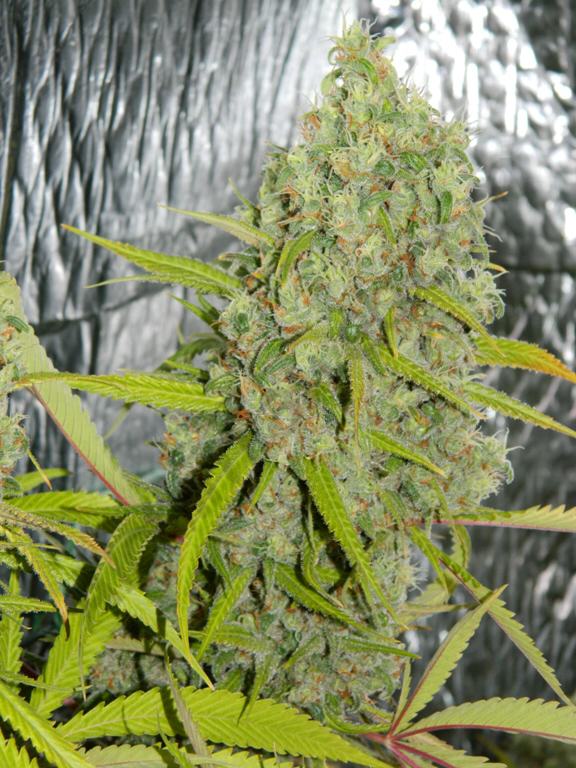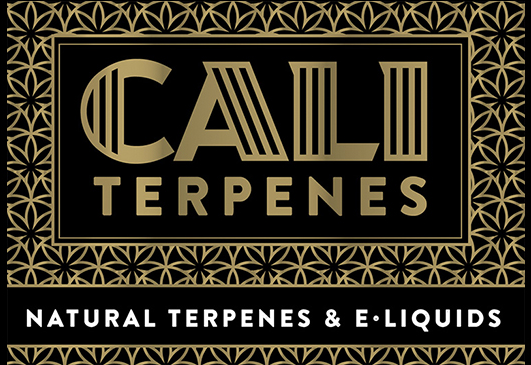CBD revolution from orange peels
List of contents
Many people believe we can only get CBD from cannabis, and the hemp industry has taken huge advantage of this misconception. Some consumers think they are limited to this type of CBD (cannabidiol) which can be prone to contamination, legality, and consistency issues.
Hemp-derived CBD is very cheap and useful in the right context. However, like with all things in life, it's always nice to have different options.

For decades, we assumed cannabinoids could not be synthesized as they’re too unstable, so the only way to obtain THC and CBD was from the Cannabis sativa plant. But some terpenes found in cannabis are very similar to cannabinoids, and they could potentially become these same molecules.
Scientists claimed it might be possible to create cannabinoids from terpenes, but the technological infrastructure needed to achieve this on a large scale wasn't available until recently. Today it's possible, but at an exorbitant cost.
All this changed with the advent of a new technique known as “Cyclic Terpene Assembly”, which makes these compounds available to researchers and consumers in a way never seen before.
The goal is to provide the market with cannabinoids devoid of the drawbacks and limitations derived from processing “natural” plants extracts. Many of these methods use toxic solvents and crops that call for intensive usage of environmental resources, and often are contaminated with heavy metals, mycotoxins, and pesticides that can't be completely removed.
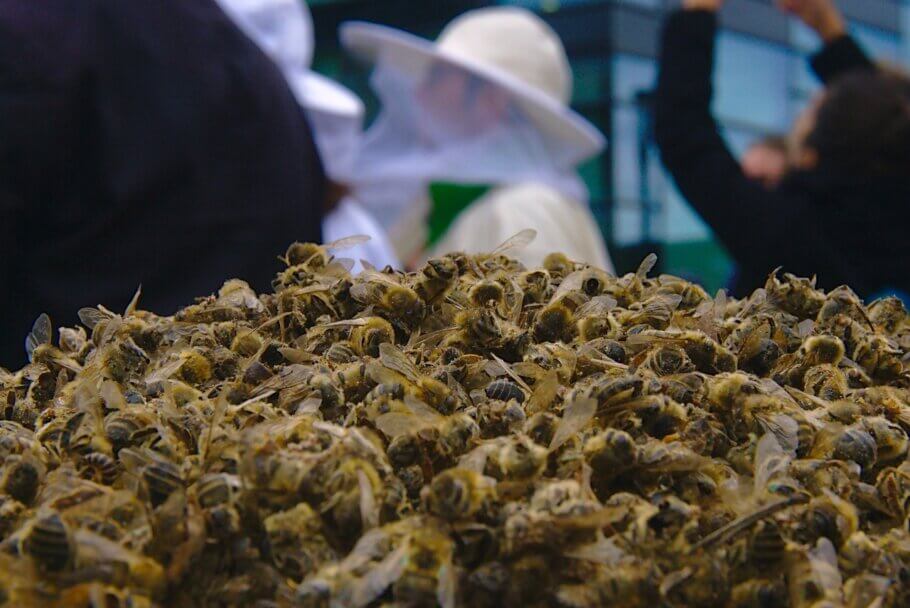
Above all, this technique will show the huge therapeutic potential of compounds like CBD, as they must be available in a pure and consistent form to allow for thorough and replicable research. Therefore, CTA has managed to turn what many considered a dream into a fully-fledged reality.
What is citrus-de rived CBD?
You have probably noticed the powerful fragrance emanating from an orange or lemon when you peel them. Citrus fruit peels contain the terpene limonene, which is also found in most cannabis strains.
Terpenes, flavonoids, and cannabinoids belong to a wider plant material category known as aromatic compounds (in fact, cannabinoids are terpene-phenolic compounds). Most aromatic compounds have a similar chemical structure, but limonene and cannabidiol (CBD) are almost identical: they share their boiling point, chemical bonds, and other overlapping attributes that have turned limonene into a very interesting study topic for the scientific community.
Limonene: An essential terpene in Nature
Limonene is a monoterpene widely used in the industry and with a presence in many modern cannabis varieties. Its organoleptic and medicinal properties have place it in a privileged position when compared to other terpenes, while the scientifical community is increasingly interested in its multiple effects. In this article we tell you more about this facsinating compound.
Nevertheless, while limonene is a powerful antioxidant, it lacks the unique traits that make CBD such a sought-after compound. CBD, for example, interacts directly with the brain's neuroreceptor 5-HT1A, and also has a high affinity for TRP receptors, which have been linked to inflammation and pain sensation. In order to give limonene the exact same properties of CBD, it needs a complete makeover.
This new technique known as “Cyclic Terpene Assembly” (CTA) takes the isolated limonene from the citrus peels and rebuilds it as a 99,9% pure CBD extract. This process not only transforms a waste product into something useful, but also addresses the concerns that are slowing down the growth of the CBD international market. Even a single molecule derived from cannabis is too much for certain customs authorities. Citruses' by-products will dispel this worry.
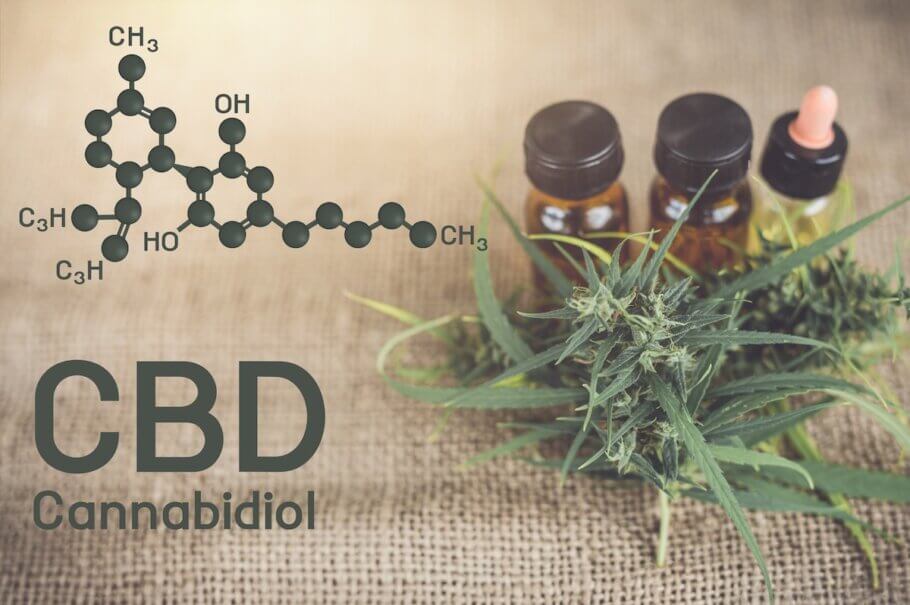
The magic of Cyclic Terpene Assembly
Let's take a look at the “Cyclic Terpene Assembly” technique. This method doesn't use solvents, and the only factors involved are a mixture of catalyzers, temperatures, and cooling rates to produce bioidentical cannabinoids out of terpenes.
Basically, terpenes like limonene are adjusted at a molecular level using only kinetic force. This means there won’t be ethanol, CO2, or other residues in the CBD; only pure cannabidiol reconstructed from orange peels.
By changing a few molecular bonds, we can convert limonene and other terpenes into a wide variety of cannabinoids. This is something that has been known for years, but thanks to CTA, now it's finally possible to do it on a large scale using just physics-based synthesis processes.
The end result is a very valuable substance derived from a citrus industry by-product that would have been wasted otherwise, and more reliable than any other type of CBD on the market. Even under optimal conditions, it's extremely difficult to obtain repeatable results from cannabis plant cultures.
CTA produces the same end result every time: a 99.9% pure CBD extract with no traces of any other cannabis compounds. Indeed, citrus-derived CBD is bioidentical to hemp-derived cannabidiol, meaning that these two substances share the exact same molecular structure.
It’s not a synthetic cannabinoid produced in a laboratory. Everything involved in the process is found in nature, and everything created by the process is also found in nature.
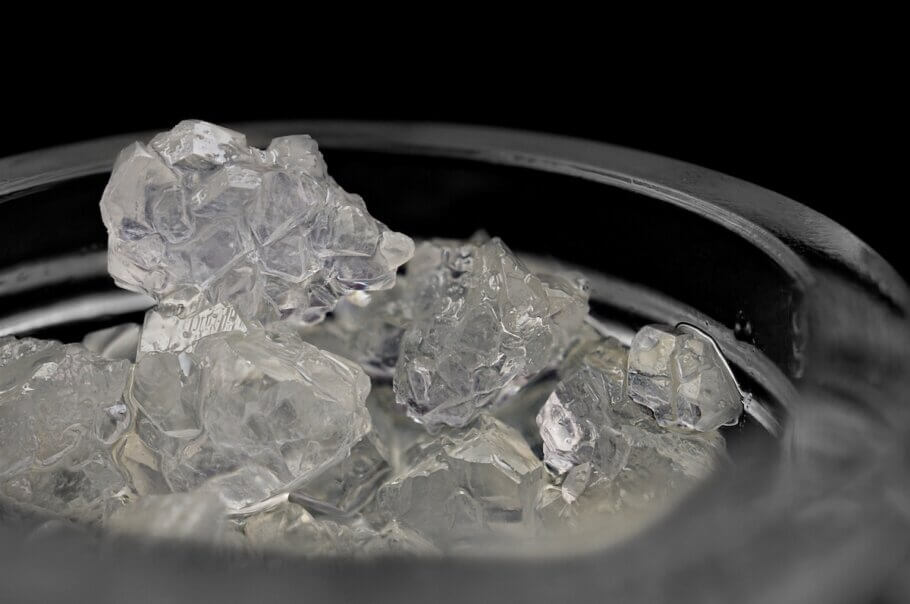
What about the entourage effect?
Many CBD users are aware of the entourage effect, a term used to describe the synergy of several cannabinoids and terpenes working together to enhance their effects (and which you can obtain from, for example, full-spectrum CBD oils). But in the same way that is possible to create CBD from citrus peels, it’s also possible to create other cannabinoids from the natural compounds found in this waste product.
The CTA technique is also being used to reconstruct the entourage effect with cannabinoids from different sources other than cannabis. In the future, users will be able to choose any cannabinoid, terpene, and other citrus-derived substances to add to their topical products, capsules, and vape cartridges, in the desired amounts.
The most important thing it's that we'll also be able to create minor cannabinoids found in very small amounts in cannabis (like CBG or THCV) to fight some of the more prevalent diseases in the world.
Citrus-derived CBD market
While citrus-derived CBD is expected to be the norm in five years or less (the same way some terpene profiles from other plants are taking over the shelves of today's grow shops), currently there are at least 25 companies developing methods to synthesize cannabinoids on a large scale. These businesses use different patented techniques, like CTA, but also other biosynthetic methods based on yeasts, bacteria, unicellular algae, and even different plants like hops.
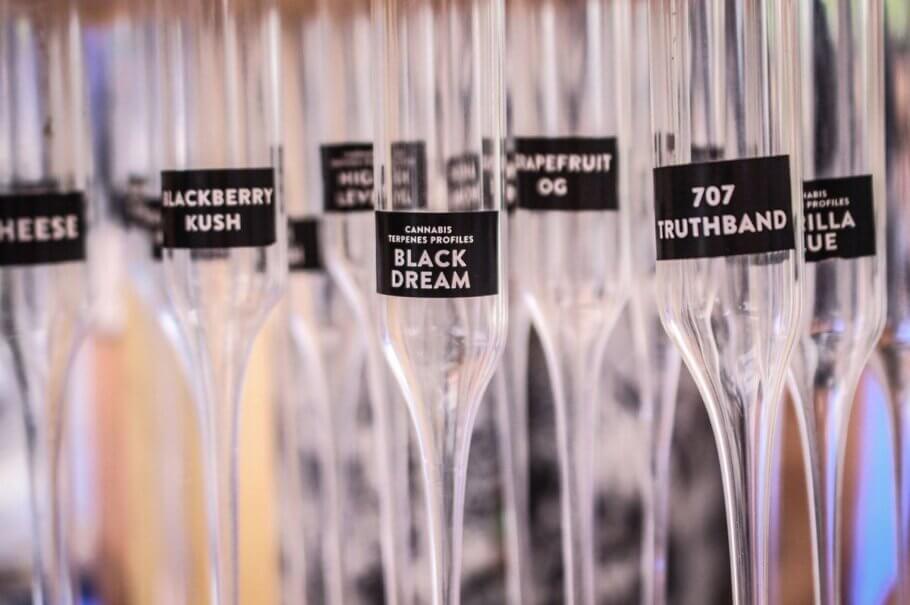
One of the first companies to do this was Hiro International, a Japanese fruit importer. In early 2020, they announced the orange peels they imported from the U.S. could be used to produce a CBD structurally identical to that of hemp. Since then, the company uses this CBD in oil form in multiple applications and offers a wide range of health and beauty products containing CBD oil from orange peels.
Japan has very strict cannabis laws. However, they are mainly centered on THC and cannabis-derived products. The CBD extracted from orange peels does not belong to any category; which is great news for Japanese citizens interested in exploring the potential benefits of CBD.
A few companies from more developed and tolerant markets, such as the American, have been offering orange peel-derived CBD since 2018. Some of these brands include Citrus CBD, DiolPure, CBxShield, Nectar Botanicals, and Citroso, which are also starting to claim their market share.
One of the latest examples is former NFL player and CEO Chris Hetherington, who earlier this year launched his first orange peel-derived CBD oil, 'Peels', which promises a more consistent, pure, and stable texture, as well as zero THC traces. The launch was possible after ‘Peels’ received a $4 million investment from KarpReilly LLC., a Connecticut-based private equity group that also funded several food and beverage companies.
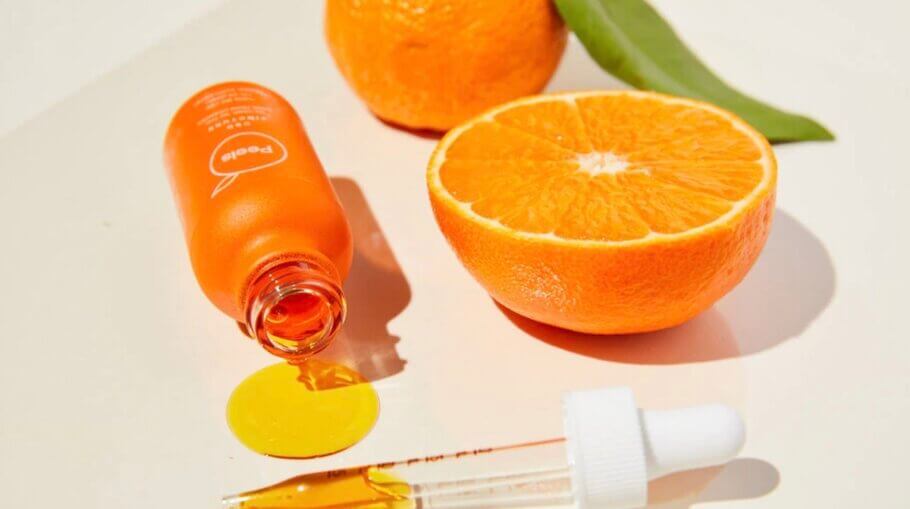
Making CBD more accessible to consumers
In addition to the final product consistency, using orange peels to produce CBD also has a more positive environmental impact, especially in terms of sustainability. A thousand tones of citrus fruits are grown all over the world every year. Despite accounting for about 50% of the fresh citrus weight, their peels have very few uses, so they usually end up in landfills.
Instead of using extensive farmland and millions of liters of water and pesticides to grow hemp, or having huge indoor growing operations, we found we could harness a by-product of the citrus industry to contribute to the circular economy of these crops. Something that is significantly more sustainable than hemp-derived CBD.
The company's long term goal is to democratize the CBD market, which is expected to reach $19,500 million by 2025, with next year FDA's anticipated approval of CBD as a food additive, making it more accessible to the general public, since CBD products are still largely excluded from most grocery stores.
Some final thoughts
Though citrus-derived CBD has many advantages, many people are simply not ready for this new type of product due to the deeply ingrained culture around the cannabis plant, both for recreational and medicinal purposes. It's perfectly natural to be skeptical about citrus-derived CBD. However, at the same time, many users are desperate to find an alternative to hemp-derived cannabidiol.
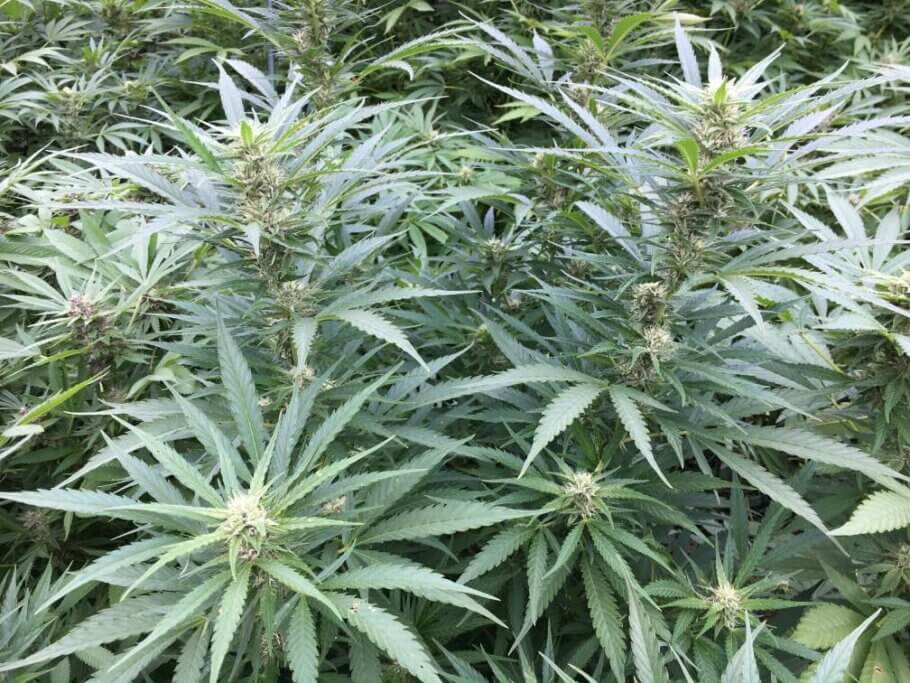
Orange peel-derived CBD oil has the same chemical composition and similar effects as CBD from cannabis, and poses no risk in terms of THC and legality. “This discovery offers a better narrative than the current one: if the therapeutic effects of this type of CBD are similar or even superior to those of its hemp equivalent, this could be a step forward for the industry, and more people will be able to enjoy its benefits without fear of breaking the law", says Hiro International.
Cannabis science is constantly evolving, which is truly fascinating. Only two decades ago, cannabis breeders believed it was impossible to create CBD-rich and low THC strains. Today, the CBD industry spans all continents, and governments around the world are forced to deal with a phenomenon that threatens to rewrite more than half a century of cannabis prohibitionist laws.
We hope this will be the case!

















































